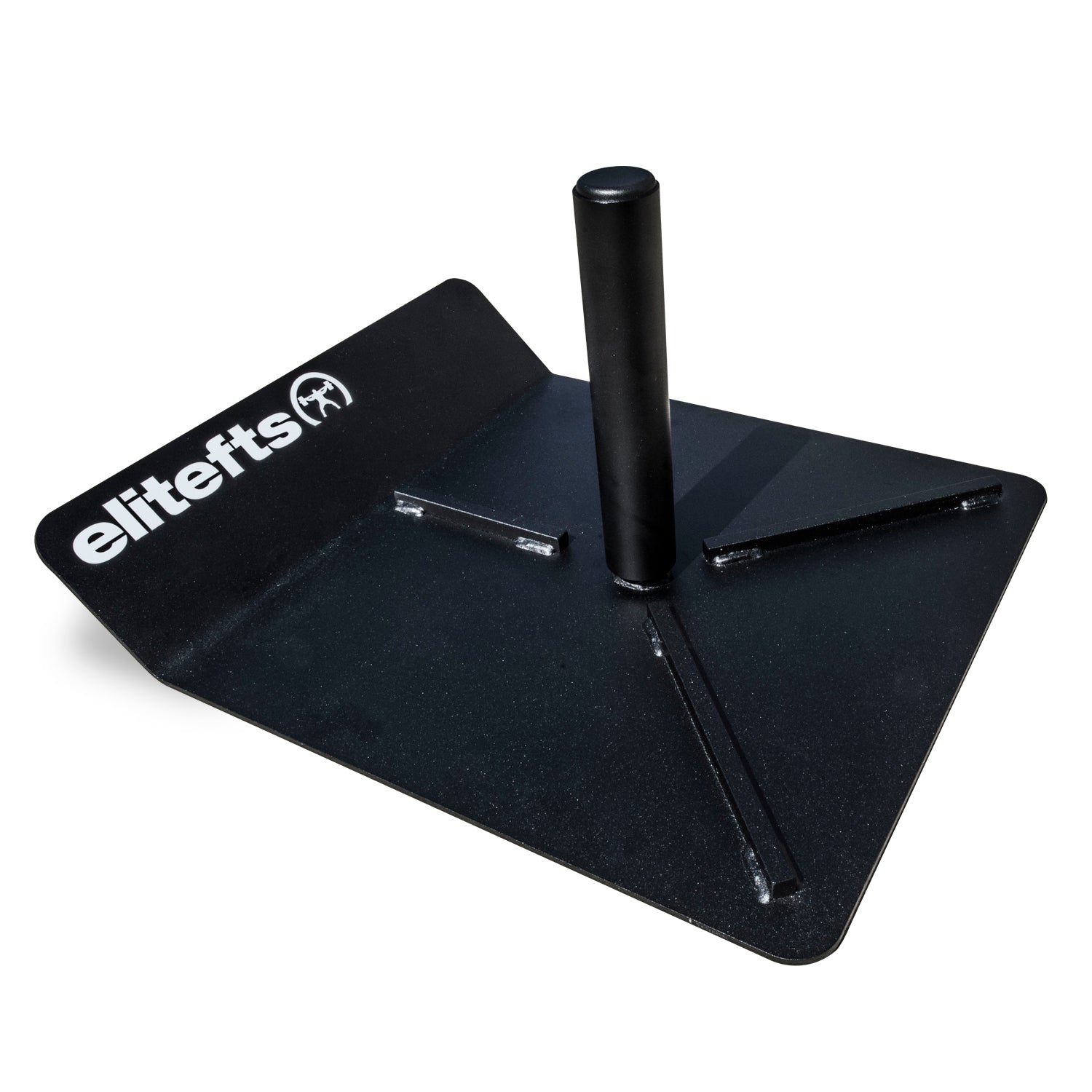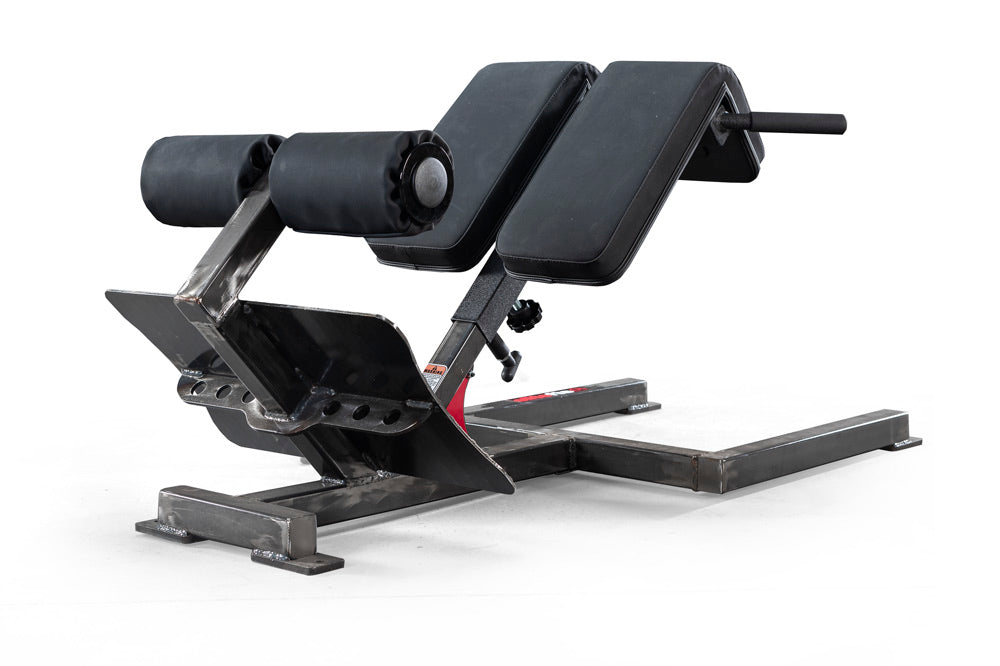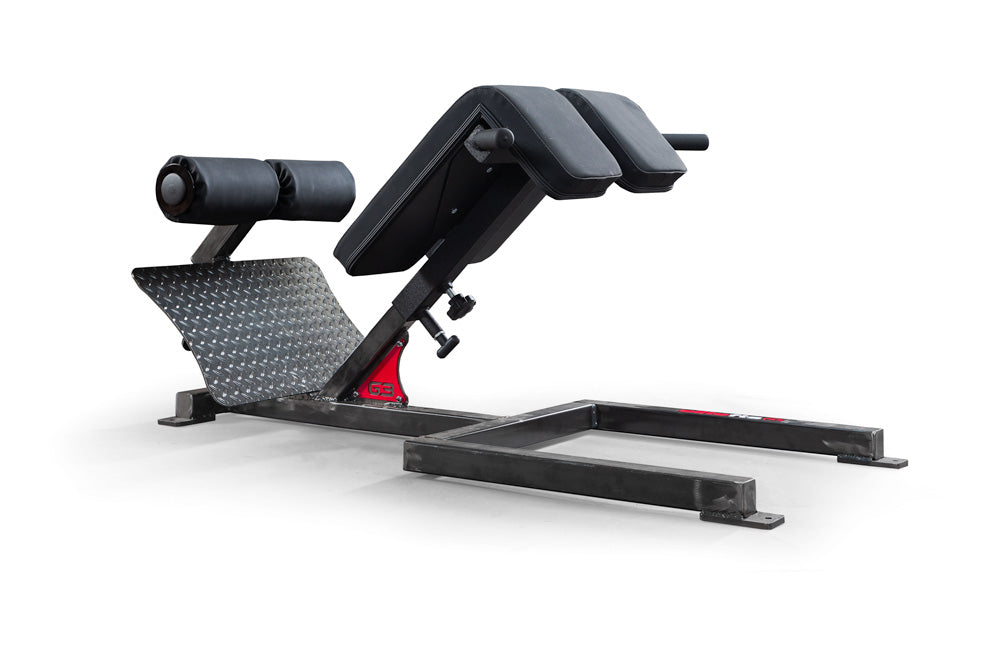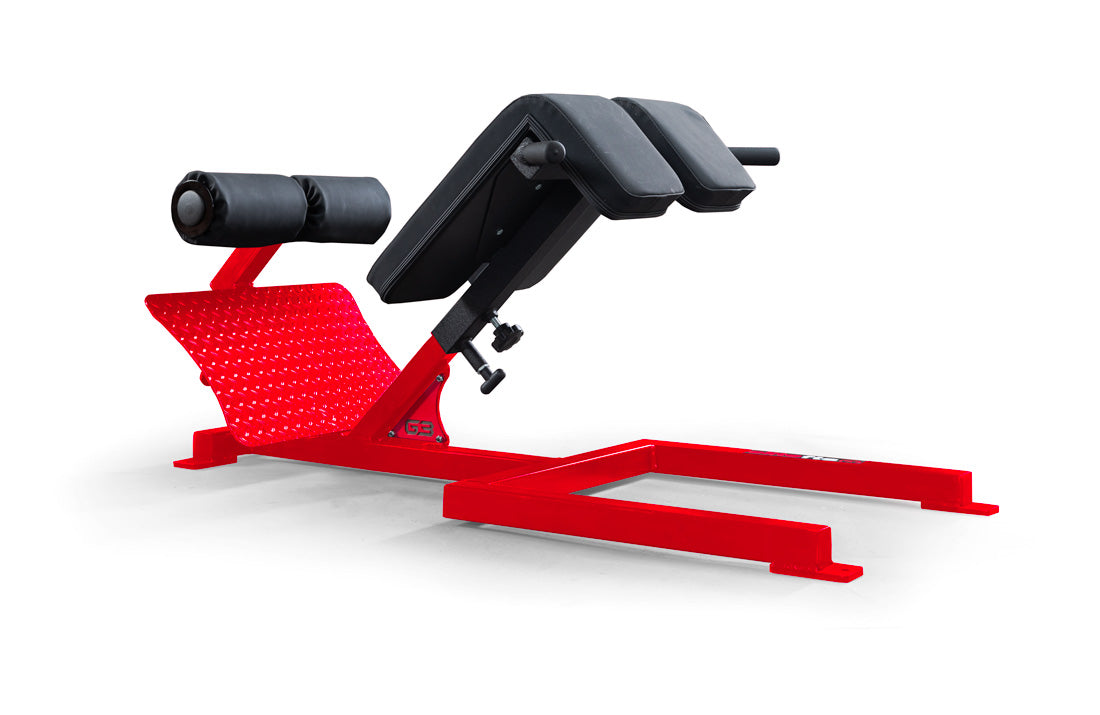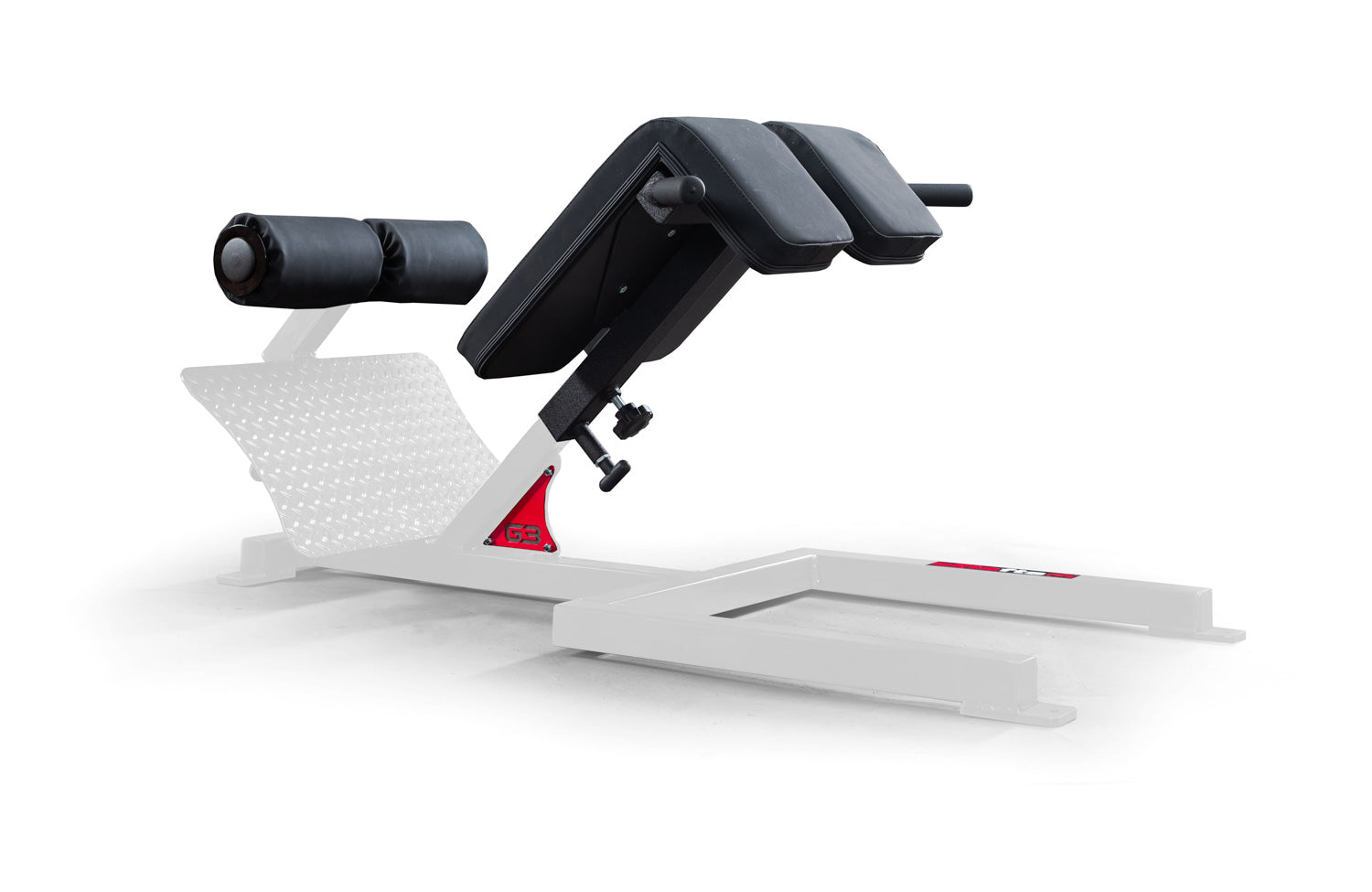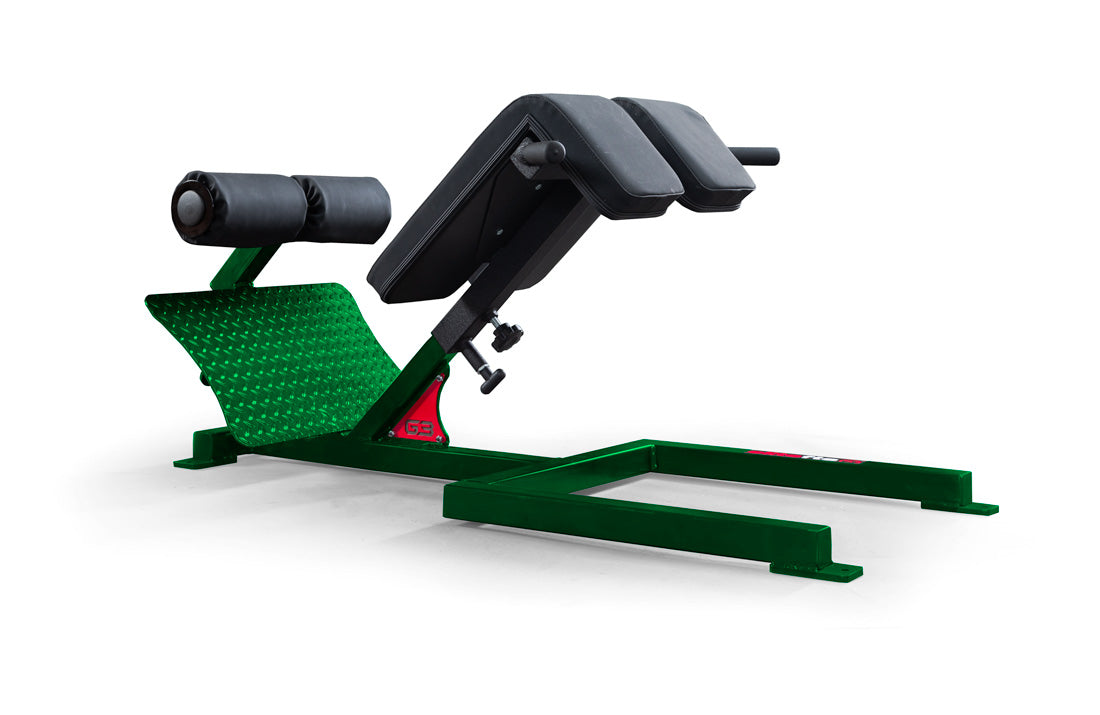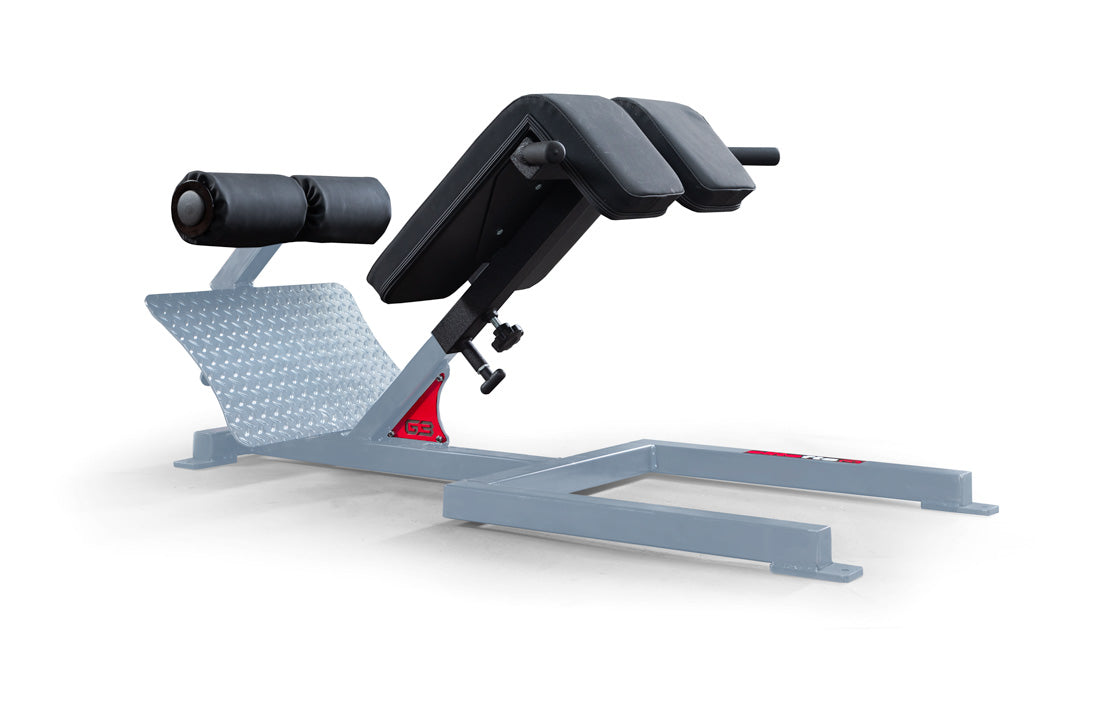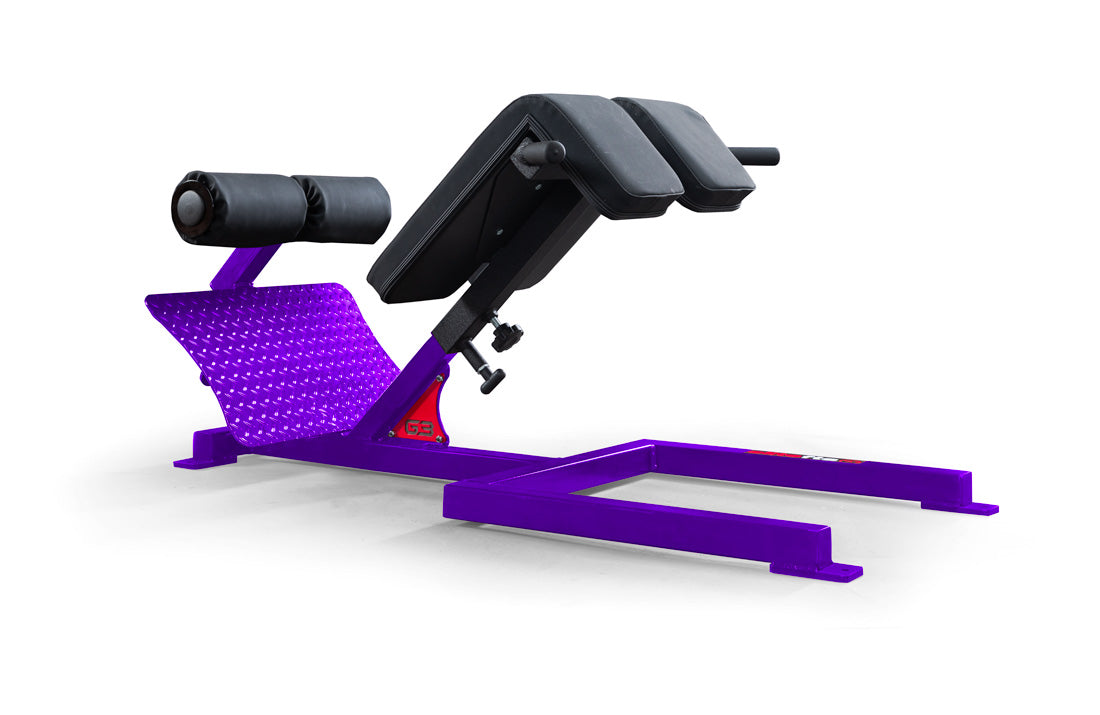Northern Florida State Clinic May 10, 2014 Turning Obstacles into Opportunities This presentation will assist strength & conditioning coaches in developing comprehensive strategies to alleviate logistical obstacles in training large groups of athletes with limited space, equipment, assistants, and budget. Successfully attending to concerns such as scheduling, facility management, drill & exercise selection, program design, teaching progressions, and an internship program will all be addressed. We will go into detail about making small adjustments that can yield better results and significantly enhance the training program of a greater spectrum of athletes. Apologies for poor audio Presentation Outline WHO AM I TO TELL YOU? College Strength & Conditioning Coach & Football Coach for 15 years Could make excuses for: Facilities Scheduling Staffing Elitefts.com Education Director What does that mean? The 4 Rs Factors of Scheduling Facility - Location in reference to fields/ courts/ track - Equipment Available determines programming - Who uses the facility (Battling with the Narps) Coach to Athlete Ratio - Competency - Proficiency - Complexity - Mastery Factors of Scheduling (cont.) Competitive Season Hiearchy - In-Season, Pre-Season, Off-Season, Post-Season Practice Training Preference - Separate from Practice - Before Practice - After Practice Frequency - Lowest Dose for Optimal Results STEP 1: DO A NEEDS ANALYSIS Evaluation of the Sport - Biomechanics - - Common motor patterns associated with the sport - Bioenergetics - - Predominant Energy system for the sport Assessment of the Athletes - Training age vs. Chronological Age vs. Biological Age - Injury History - Prior Sports played - - Compensation patterns - - - Muscular imbalances STEP 2: CHOOSE EXERCISE CATEGORIES Total Body - 3XT - Rotational - Speed - COD Lower Body - Horizontal Push - Horizontal Pull - Vertical Push - Vertical Pull Upper Body - Double Leg Push - Double Leg Pull - Single Leg Push - Single Leg Pull STEP 3: CREATE AN EXERCISE POOL Exercise Category - Double Leg Push Exercise - DB Goblet Squat - Front Squat - Box Squat Type of Periodization – Linear vs. Non-Linear? How many exercises for each category? What particular exercises to choose from? When to incorporate each particular exercise in the cycle? STEP 4: LENGTH OF CYCLE 7 Week Cycle - Base - Load - De-Load - Load - De-Load - Test 6 Week Cycle - Base - Load - De-Load - Base - Load - De-Load - Test STEP 5: ASSIGN EXERCISE TO LOAD OR PERCENT TO WEEK THE 2 DAY SPLIT DAY 1 Snatch Overhead Press Squat Jumps Sprints SL RDL/ GHR Row DAY 2 Clean RDL/ DL COD Bench Press Rotational Power Chin-Up Split Squat/ Lunge THE 3 DAY SPLIT DAY 1 Snatch Squat Sprints Row DAY 2 Press Pull Agilities Lunge DAY 3 Clean Jumps Bench Chin THE 3 DAY SPLIT: Opt #2 DAY 1 Hops Jumps COD Sprints Conditioning DAY 2 Snatch OHP Squat SL RDL/ GHR Row DAY 3 Clean RDL/ DL Bench Press Chin-Up Split Squat/ Lunge THE 4 DAY SPLIT DAY 1 Clean Sprints Pulls GHR DAY 2 Snatch Bench Chin Tempos DAY 3 Throw Press Row Prowlers DAY 4 Snatch Bench Chin Tempos Strategies for Exercise Density Complexes & Coupling - Reactive, Mobility, or Stability after Strength Exercise Selection - Elicit best training adaptation w/ least amount of time Exercise Variations - Must address technique discrepancy or muscular imbalance - Different Movement w/ Similar Biomechanical Positions - - Too Similar may actually inhibit skill acquisition TRAINING SESSION Movement Prep Soft Tissue Dynamic Warm-Up Mobility Pre-Hab REACTIVE METHOD EQUIPMENT BASED SESSIONS Barbell 1 Snatch Jerk Squat GHR Strap Row Barbell 2 Clean RDL Bench Chins Split Sqaut/ Lunge EQUIPMENT BASED SESSIONS (cont.) Dumbbell 1 Arm DB Snatch 1 Arm DB Push Press Goblet Squat 1 Arm DB Row 1 Arm DB RDL Kettlebell Swing RDL Push-Up 1 Arm KB Row Goblet Reverse Lunge EQUIPMENT BASED SESSIONS (cont.) Landmine Barbell Rotation Half Kneeling Press Goblet Squat Meadows Row 1 Arm SL DL Set-Up for Olympic DB or KB Exercise COMMITMENTS Equipment Based Address Specific Weak points Position or Sports Specific Non-quantifiable Can be competitive Speed Training Linear Speed Mechanics PAL Concept Posture Arm Action Standing Arm Swings (not sitting) Leg Action Frontside Mechanics Backside Mechanics All Components Wall Drills Resisted A-Skips Speed Training Testing Competitive Speed Groups Multiple Starts Keep records Monitor volume (200 total yards) Auto-regulate Competitive Speed Groups Set-Up Competitive Speed Group Leap Frog within Groups Next Sprint Reposition Leap Frog within Groups Competitive Speed Groups Switch Lines Agility Training 4-Cone Drill Set-Up 4-Cone Drill Set-Up 4-Cone Drill Set-Up Specific Shuttle Protocol Ladder Shuttles Specific Shuttle Protocol Pro-Agility Shuttles Agility Drill Pool 4 Cone Drills Figure 8 Triangle L Shuttle L (3-Cone) A N Reverse N * Add shuffle/ Ladder Shuttles *(back to start line) 15yd = 5(5)5 20yd = 5(5)10 20yd = 10(5)5 25yd = 10(5)10 30yd = 10(10)10 35yd = 10(10)15 35yd = 15(10)10 40yd = 15(10)15 THE 5 Es 4 ATTITUDE CHECKS PROCESS OVER OUTCOME CHANGE "HAVE TO" INTO "GET TO" FUNCTION OVER FEELINGS COMPARED TO WHAT? References Athletic Development: The Art & Science of Functional Sports Conditioning. Vern Gambetta. Human Kinetics. 2006. The Coach’s Strength Training Playbook. Joe Kenn. Coaches Choice. 2003 Essentials of Strength and Conditioning. Thomas R. Baechle & Roger W. Earle. Human Kinietics. 2008 Optimizing Strength Training: Designing Nonlinear Periodization Workouts. William J. Kraemer & Steven J. Fleck. Human Kinetics. 2007 Starting Strength: A Simple and Practical Guide for Coaching Beginners. Mark Rippetoe & Lon Kilgore. The Aasgaard Company. 2005. Practical Programming for Strength Training. Mark Rippetoe & Lon Kilgore. The Aasgaard Company. 2006. Supertraining. Mel C. Siff. 2000. High/ Low Sequences of Programming and Organizing Training. James Smith. Power Development Inc. 2005. Speed Training Considerations for Non-Track Athletes: The Development of Speed Throughout the Annual Plan. James Smith. Power Development Inc. 2006. Special Strength Training: A Practical Manual for Coaches. Yuri V. Verkoshansky. Translated by Michael Yessis. Ultimate Athlete Concepts. 2006. Science and Practice of Strength Training (2nd Edition). Vladimir M. Zatsiorsky & William J. Kraemer. Human Kinetics. 2006. Thank You! Tom Palumbo The NSCA Dave Tate My former staff My family

WATCH: Turning Obstacles into Opportunities

EliteFTS Table Talk— Where strength meets truth. Hosted byDave Tate, Table Talk cuts through the noise to bring raw, unfiltered conversations about training, coaching, business, and life under the bar. No fluff. No hype. Just decades of experience — shared to make you stronger in and out of the gym.

Join the Crew!
Support us and access premium content monthly!




































